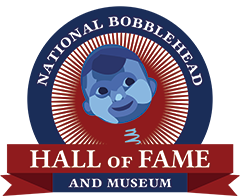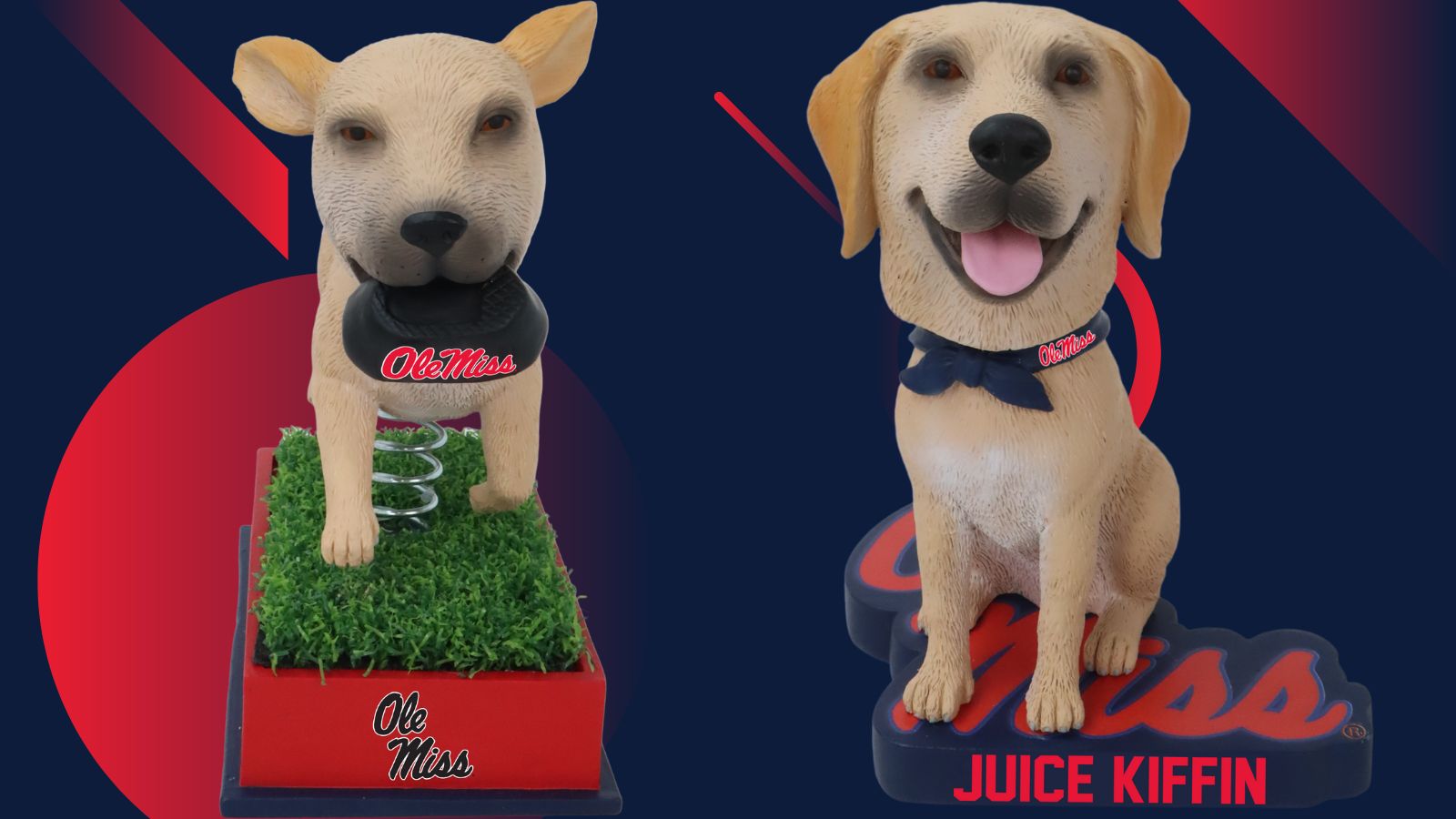From Associated Press –
MINNEAPOLIS (AP) – As thousands of fans waited outside the Metrodome before a recent Twins-Blue Jays game, former pitcher Frank Viola strolled past alone, ignored by autograph seekers.
Viola will always be a hero in Minnesota for his role in the 1987 World Series, but these fans had something more pressing on their minds: Bobbleheads.
The hand-painted figurines with the oversized, bouncy heads have sparked the latest sports memorabilia craze. In Minnesota, where the Twins have been in the cellar for the past few years,bobblehead giveaways at four games this season had some fans lining up 14 hours early to nab one of the dolls.
“We wanted to bring back nostalgic promotions that hadn’t been done in a few years,” said Patrick Klinger, the Twins’ marketing director. “I think we were shocked and amazed. We expected big things out of the promotion, but I don’t think we realized it would be as big as it became.”
Other teams have taken note.
The Mets ordered Tom Seaver dolls from the same maker, and the Pirates handed out Bill Mazeroski bobbleheads in July. The Pittsburgh Penguins, Anaheim Mighty Ducks, Minnesota Timberwolves and other teams are considering the dolls, said Malcolm Alexander, chief executive of Alexander Global Promotions in Bellevue, Wash., which has made the dolls for several professional teams.
At the Twins’ most recent Bobblehead promotion, Art and Arlyce Mahlberg of Duluth arrived at the Metrodome’s Gate F at 11 p.m. on a Saturday for the next day’s 1:05 p.m. game, when the Twins handed out Kirby Puckett dolls in their fourth and final giveaway.
“We don’t have a Kent Hrbek doll but we got the others (Harmon Killebrew and Tony Oliva),” Arlyce Mahlberg said. “We learned to get here a bit earlier for each giveaway.”
One couple said they were offered as much as $350 for their Puckett doll from a man who missed out on the giveaway.
A Puckett bobblehead was offered on eBay, the Internet auction site, for as much as $250, although it drew no bids. One complete four-doll set was offered for $650, another for $400. A price of $112.50 for a Hrbek doll drew 30 bids.
At the Twins’ first bobblehead day – 5,000 Killebrew dolls on June 9 – fans were so anxious for the souvenirs that management made team employees give back their freebies so more could be distributed to fans, Klinger said.
Team officials couldn’t boost their order in time for the June 17 Hrbek giveaway, but they gave out 10,000 Oliva bobbleheads July 21 and 10,000 Pucketts Aug. 13.
The cuteness quotient of the dolls is undeniable, with their intricately painted, goofy frames and grinning faces. But they’re also a higher-quality item than the usual keychains, plastic batting helmets and posters that are staples of ballpark giveaways.
Made of synthetic ceramic, they weigh in at 3 1/2 pounds and stand 7 1/4 inches tall. The Twins paid about $5 for each doll, a dollar more than it costs for some tickets to get into the Metrodome.
The dolls, which were common toys about 40 years ago, resurfaced in baseball last season when the San Francisco Giants distributed 30,000 Willie Mays bobbleheads to celebrate their last season in Candlestick Park.
“It was overwhelming,” said Valerie McGuire, the Giants’ promotions manager. “We got so many calls after with people wanting them. It’s definitely one of the most, if not the most, successful promotion in Giants history.”
The Philadelphia Phillies use “Bobby the Bobbing Head” in 15- and 30-second television ads.
“I want to say he’s been great, because we’ve gotten very strong reactions,” said Jo-Anne Levy-Lamoreaux, Philadelphia’s advertising manager.
Not everyone left the Metrodome happy after the Puckett Bobblehead day, and it wasn’t because the Twins lost 13-3.
“We were in line in Gate D and they took boxes out of our line and gave them to lines that were moving faster,” said an angry Joan Fleischhacker, of Stillwater, Minn. “I wouldn’t mind if I lose out on something cleanly but we got penalized because our ticket-taker was slow on the draw.”

